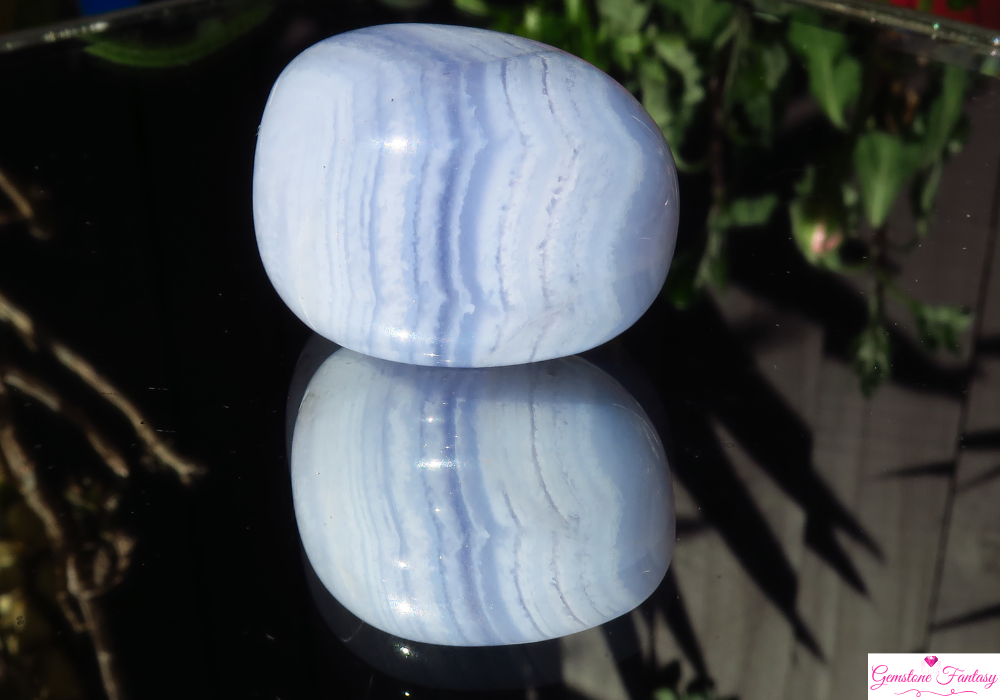Hessonite, a variety of grossular garnet, is a unique gemstone known for its rich, honey-like color and remarkable clarity. Often referred to as “cinnamon stone,” hessonite is cherished in the world of gemstones for its distinctive appearance and metaphysical properties. It is particularly popular in jewelry, appreciated for both its aesthetic appeal and its historical significance.
Geological Formation
Hessonite forms under specific geological conditions and is part of the garnet group of minerals.
- Formation: Hessonite is primarily found in metamorphic rocks and can form in igneous rocks as well. It is produced under high-temperature and high-pressure conditions that allow for the crystallization of minerals.
- Composition: Hessonite is a calcium aluminum silicate (Ca3Al2Si3O12), and its color comes from the presence of iron and manganese impurities within its crystal structure.
- Location: Notable deposits of hessonite can be found in various locations worldwide, including Sri Lanka, Brazil, India, and Madagascar.
Varieties and Classifications
Hessonite is characterized by its distinct colors and transparency, leading to various classifications.
- Color: Hessonite is typically a warm, honey-brown to orange color. Some stones may exhibit a reddish hue or a more yellowish tint, depending on their specific mineral content.
- Clarity: Hessonite is often transparent to translucent, with some stones showcasing excellent clarity, while others may have inclusions that enhance their unique beauty.
- Classification: As a member of the garnet family, hessonite is categorized under the grossular garnet subgroup, alongside other varieties such as tsavorite and chrome garnet.
Cultural Significance and Folklore
Hessonite has been treasured throughout history, particularly in various cultures and traditions.
- Historical Use: In ancient times, hessonite was valued for its beauty and believed to possess protective qualities. It was often used in talismans and amulets.
- Folklore: Many cultures regard hessonite as a stone of prosperity and abundance, thought to attract good fortune and enhance one’s overall well-being.
Birthstone and Zodiac Connections
Hessonite does not have an official designation as a birthstone but is associated with certain zodiac signs and astrological beliefs.
- Zodiac Connection: Hessonite is commonly linked to Cancer (June 21 – July 22) and Leo (July 23 – August 22), believed to enhance emotional balance and strength in individuals born under these signs.
Healing and Metaphysical Properties
Hessonite is often regarded as a healing stone with various metaphysical benefits.
- Emotional Healing: It is believed to promote emotional healing, helping individuals release negative emotions and foster a sense of security and stability.
- Spiritual Growth: Many practitioners consider hessonite to aid in spiritual growth, enhancing intuition and self-awareness.
- Protection: Hessonite is thought to provide protective energies, shielding the wearer from negative influences and enhancing mental clarity.
Popular Uses in Jewelry and Design
Hessonite is increasingly popular in jewelry design due to its warm color and unique properties.
- Jewelry Types: Hessonite is commonly used in rings, pendants, earrings, and bracelets. Its vibrant color complements a range of styles, from classic to contemporary.
- Design Combinations: Hessonite is often paired with other gemstones, such as diamonds or white topaz, to create stunning contrasts and enhance its warm tones.
How to Identify Authentic Hessonite
Identifying genuine hessonite involves examining various characteristics.
- Color: Authentic hessonite typically exhibits warm honey to orange hues. Imitations may lack the depth of color and may appear overly uniform.
- Inclusions: Natural hessonite may contain inclusions, which can enhance its character. Excessively clear stones could indicate synthetic origins.
- Weight: Hessonite has a specific gravity of around 3.5, so authentic stones will feel heavier than they appear.
Tips for Caring and Storing
Proper care and storage are essential to maintain the beauty of hessonite.
- Cleaning: Clean hessonite with mild soap and warm water, using a soft cloth to avoid scratches. Avoid harsh chemicals that can damage its surface.
- Storage: Store hessonite separately from other gemstones to prevent scratching. Use a soft pouch or a lined jewelry box for protection.
- Wearing Tips: Hessonite is relatively durable but should be worn with care to avoid exposure to hard surfaces and sharp objects.
Market Trends and Pricing
The market for hessonite is influenced by its rarity, color, and quality.
- Pricing: The price of hessonite varies based on color, clarity, and size. High-quality stones with vibrant color can fetch higher prices, while lower-quality stones may be more affordable.
- Market Trends: There is a growing interest in hessonite as a unique alternative to more traditional gemstones, appealing to those seeking distinctive and less common choices in jewelry.
Final Thoughts
Hessonite is a captivating gemstone that offers beauty, emotional healing, and a rich history. Its warm colors and unique properties make it a popular choice in the jewelry world. Whether worn as a fashion statement or cherished for its metaphysical benefits, hessonite continues to enchant gem enthusiasts and jewelry lovers alike.














